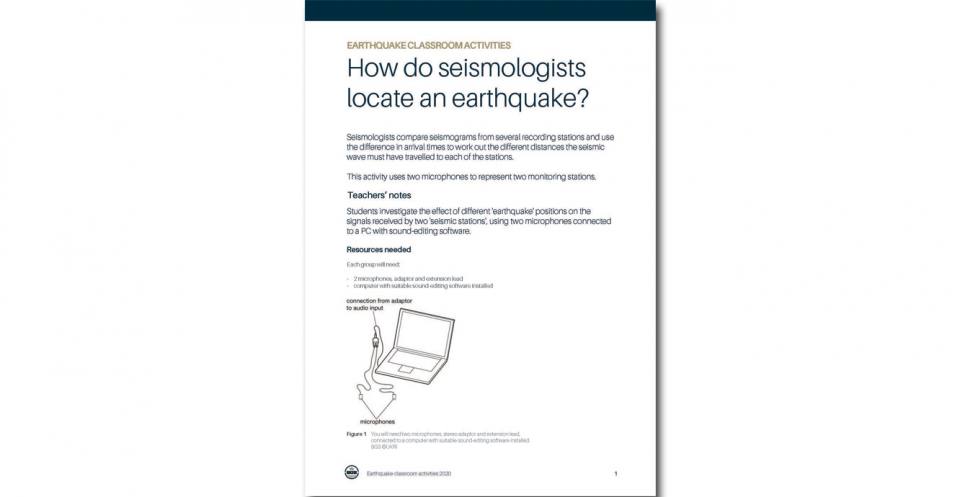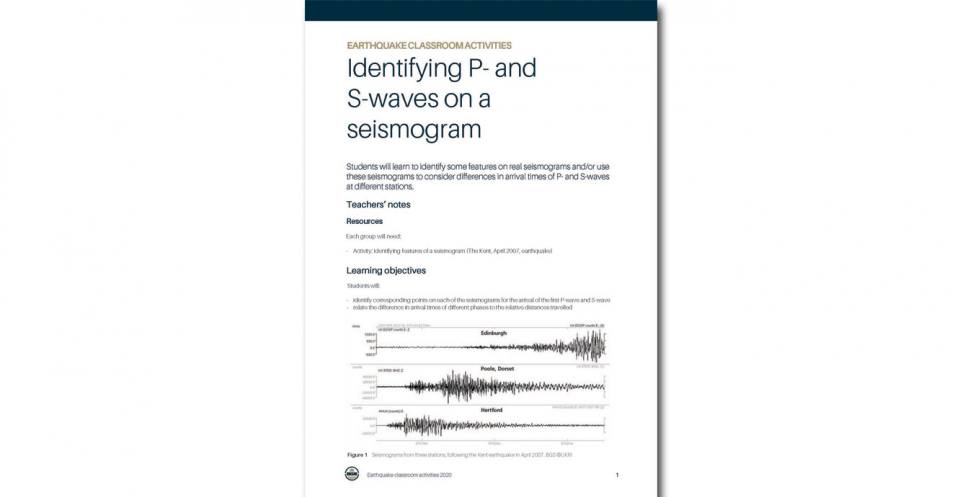These classroom activity downloads were produced as part of the ‘Innovations in Practical Work’ series published by the Gatsby Science Enhancement Programme (SEP), produced in partnership with BGS. These materials also supported the BGS-led UK School Seismology Project, which ran from 2006-2019. We are unable to provide technical support for schools, but if you have a question about seismology you can contact BGS Enquiries.
The SEP background science booklet can be downloaded from STEM Learning (registration required).
Discovering Geology offers an introduction to earthquakes and seismology, or go to earthquake seismology for live data and information about the UK earthquake monitoring network.
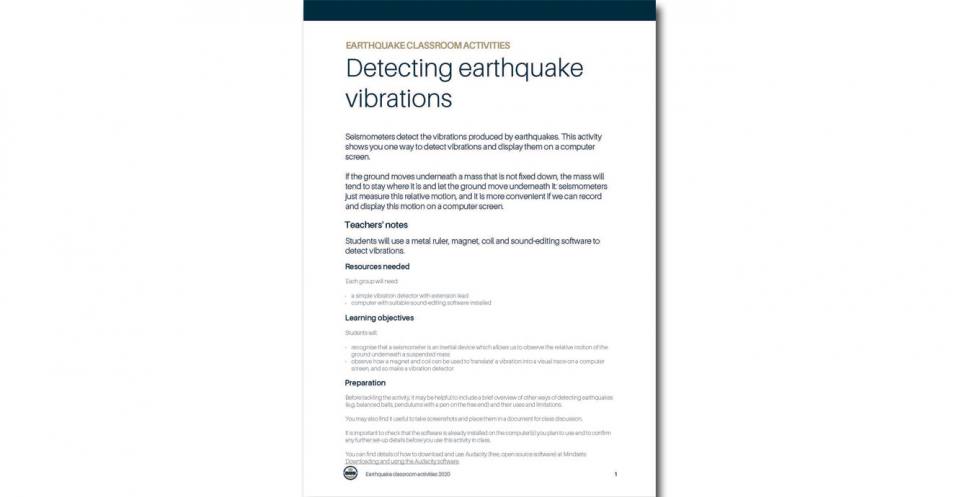
Seismometers detect the vibrations produced by earthquakes. This activity shows you one way to detect vibrations and display them on a computer screen. BGS © UKRI.
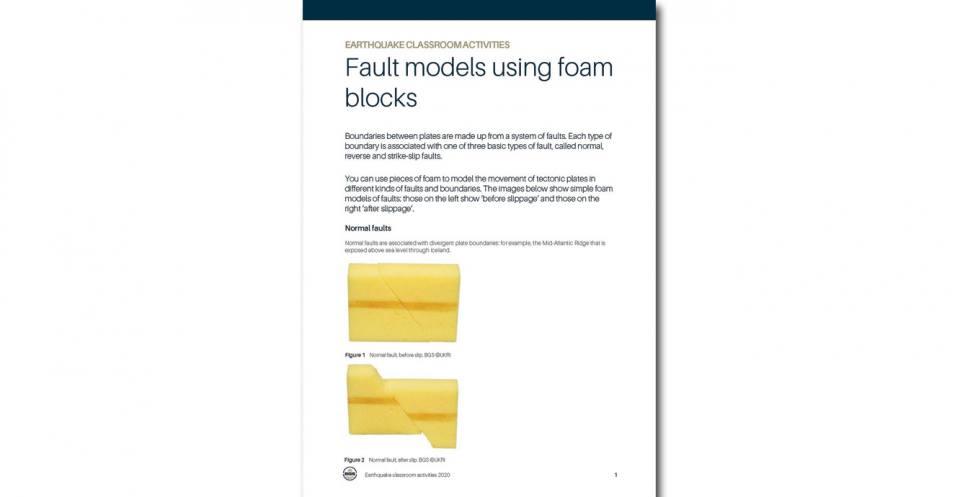
You can use pieces of foam to model the movement of tectonic plates in different kinds of faults and boundaries. BGS © UKRI.
Classroom activities
These student materials consist of a series of practical activities, which model seismological processes and activities carried out by seismologists (KS 3-4).
The key ideas are:
- When an earthquake occurs, some of the built-up stress is released and results in slippage.
- Energy is transferred through the Earth via seismic waves; P-waves are longitudinal waves and S-waves are transverse waves. Earthquakes also generate more complex ‘surface waves’ that travel along the Earth’s surface. It is usually the surface waves that have the largest amplitudes and do the most damage to buildings.
- Seismometers allow us to detect and monitor earthquakes by converting vibrations due to seismic waves into a visible, measurable output; in modern seismometers this usually involves converting vibrations into electrical signals that we can then display as seismograms on a computer screen.
- The arrival time of seismic waves at different seismic stations depends on their distance from the earthquake’s origin. Seismologists use these differences and knowledge of the speeds of different seismic waves to work out the exact location of an earthquake’s source.
Classroom activity resource sheet downloads
Earthquake classroom activities – Detecting earthquake vibrations
Earthquake classroom activities – Fault models using foam blocks
Earthquake classroom activities – How do seismologists locate an earthquake?
Earthquake classroom activities – Identifying P- and S-waves on a seismogram
Earthquake classroom activities – Looking at data from several stations
Earthquake classroom activities – Modelling an earthquake with a brick and sandpaper
You may also be interested in

Discovering Geology
Discovering Geology introduces a range of geoscience topics to school-age students and learners of all ages.
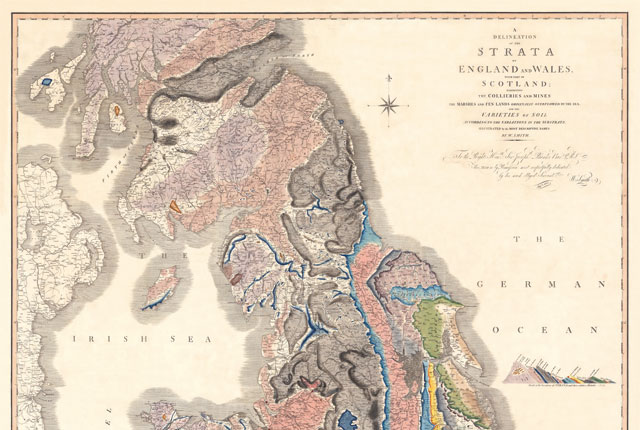
Maps and resources
Download and print free educational resources.
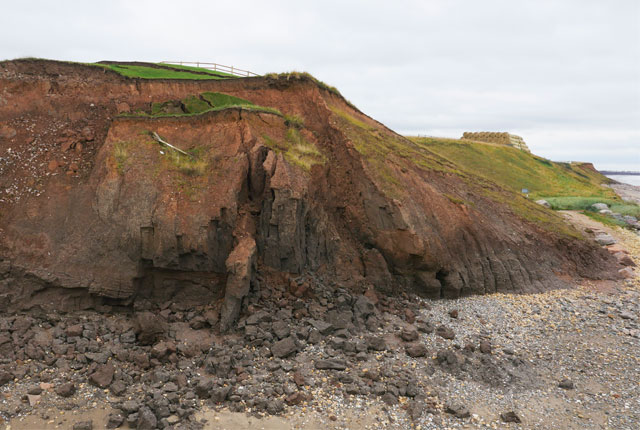
Earth hazards resources
Make a volcano model or work through some classroom activities that introduce P- and S- waves, earthquake seismology and marsquakes.




